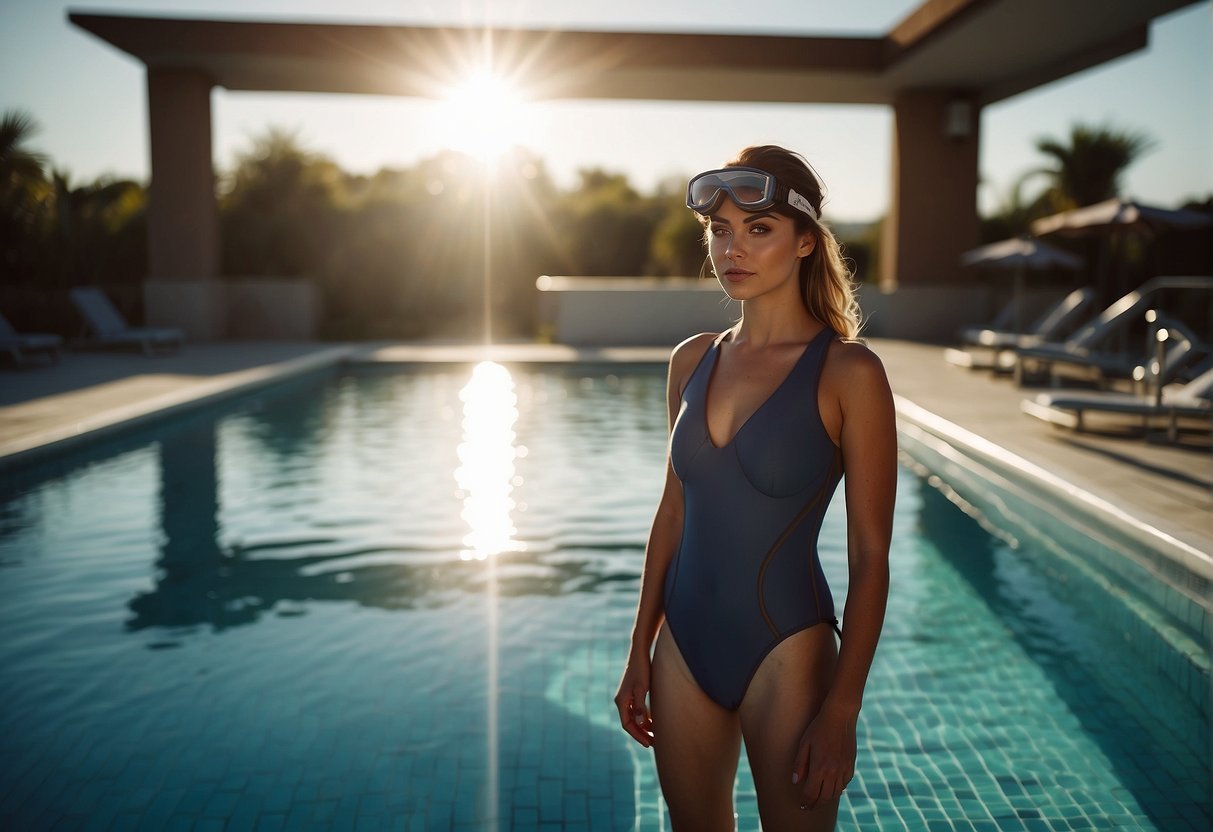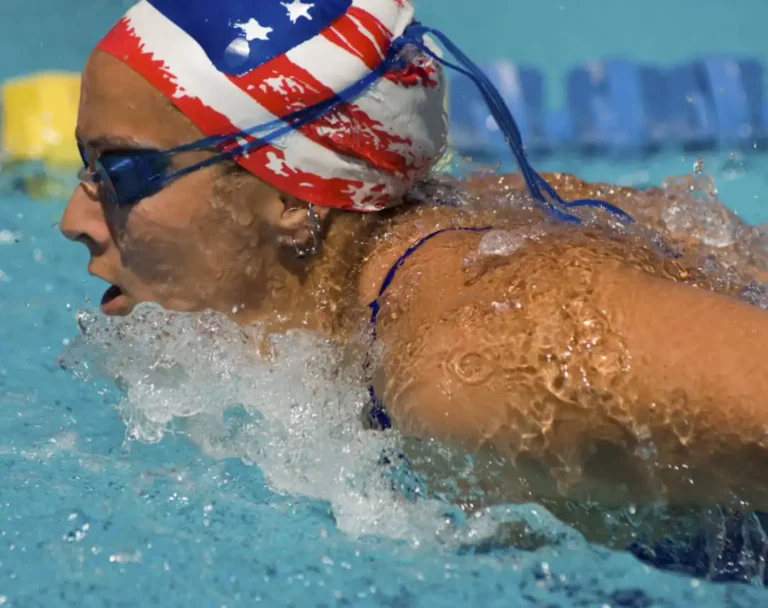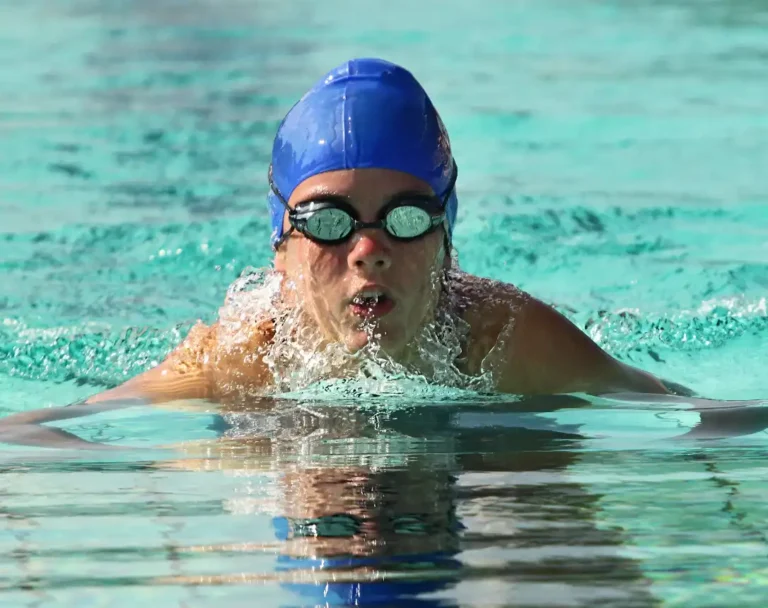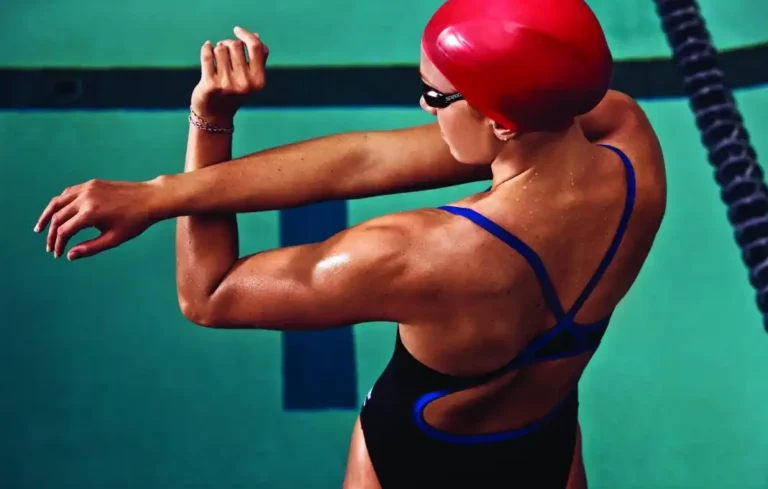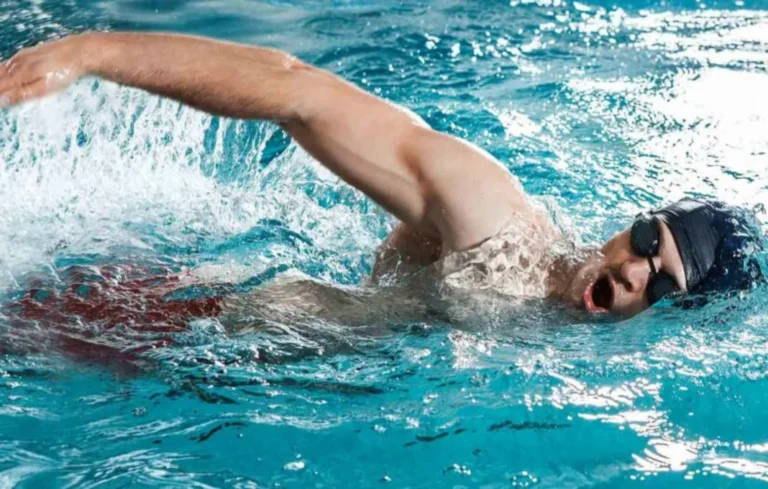Take the plunge into aquatic confidence with “How Long Does It Take to Learn How to Swim? 7 Easy Tricks,” your go-to guide for mastering the strokes in record time this year.
How Long Does It Take to Learn How to Swim?
Before diving into deeper waters, it’s crucial to get comfortable with the basics of swimming. These foundational skills include buoyancy and learning floating techniques that set the stage for all types of swimming strokes. Breathing techniques are another cornerstone; they help maintain stamina and prevent water inhalation. Remember, water confidence is key, so take it one stroke at a time.
Floating Skills:
- Front Float
- Back Float
Breathing Techniques:
- Rhythmic Breathing
- Bubbling
Choosing the Right Swimming Lesson
Selecting the right swimming class can make a significant difference in how long it takes to learn to swim. Lessons tailored to your age and skill level tend to provide the best outcomes.
For Adults:
| Skill Level | Lesson Type | Focus |
|---|---|---|
| Beginner | Beginner’s Course | Water acclimation, basic skills |
| Intermediate | Stroke Development | Stroke refinement |
| Advanced | Master’s Swimming | Technique perfection, speed |
For Children:
- Ensure instructors have experience teaching kids.
- Look for lessons promoting fun and safety.
Developing Your Swimming Techniques

Mastering Different Strokes
Front Crawl: The front crawl is a classic and incredibly efficient stroke perfect for speed and distance swimming. Key components include a consistent flutter kick and rhythmic arm motions that follow a windmill pattern. Here’s how you can practice:
- Flutter Kick: Ideally performed with a kickboard, ensure your legs are straight with a slight bend in the knee, and alternate kicking up and down from the hip, not the knees.
- Arm Movements: Extend your arm forward just under the water surface, pull it down through the water, then recover above water to complete the cycle.
Butterfly Stroke: Ready for a challenge? The butterfly stroke involves a beautiful yet demanding synchronous movement of your arms and dolphin-like kicks. Your practice can break down into:
- Dolphin Kick: Propelled by your core and hips, practice these undulating motions using a swim fin to support your muscle memory.
- Arm Motions: With both arms moving in unison, focus on timing the entry and the push against the water, ensuring powerful but fluid movements.
Breaststroke: If precision is your forte, the breaststroke will delight you with its rhythmic, frog-like motions. To hone this stroke:
- Whip Kick: Visualize drawing a circle with your feet as you bring your heels up toward your buttocks and then kick out and around quickly.
- Arm Technique: Your arms should move simultaneously in a circular motion, starting with hands pressed together and extending forward before parting and sweeping back to your chest.
Improving Coordination and Form
Coordinating your breathing with your strokes is crucial for maintaining stamina and smooth movement through the water. Additionally, a proper form optimizes efficiency and reduces the chance of injury. Focus on these aspects:
- Breathing Technique: Synchronize your breath with your strokes. For example, in the front crawl, turn your head to the side for air every third stroke to maintain balance.
- Body Alignment: Regardless of the stroke, strive to keep your body as flat and streamlined as possible, reducing drag.
- Muscle Coordination: Work on coordinating your muscles for fluid motion, ensuring that your body functions as a cohesive unit.
Advancing Your Skills and Practice

Building Confidence and Overcoming Challenges
Becoming a confident swimmer means facing your aquatic challenges head-on. Dive into your fears and turn them into strengths by:
- Perfecting your technique in different swimming strokes to increase efficiency and reduce fatigue.
- Using kickboards to isolate and strengthen your kicking abilities, an essential component of propulsion in the water.
Setting a Consistent Practice Schedule
To thrive in the pool, a consistent practice schedule is non-negotiable. Here’s how you can maintain practice consistency:
- Aim for a mix of group lessons for peer motivation and private lessons for personalized attention from a professional instructor.
- Schedule sessions at least twice a week to reinforce muscle memory and refine advanced skills.
Balance quality of instruction with frequency of lessons to make every lap count toward your goal of swimming excellence.
FAQ:
How quickly can you learn to swim?
The time it takes to learn swimming varies, but adults can often grasp basics in several lessons over a few weeks.
Is 30 too old to learn how to swim?
No, 30 is not too old to learn how to swim. Adults can learn at any age with practice and proper instruction.
Is it possible to learn how do you swim in a week?
It’s possible to learn basic swimming skills in a week with intensive daily lessons and practice.
Is it difficult to learn how do you learn to swim?
Learning to swim can be challenging, but with a good instructor and persistent practice, most people can learn the fundamentals.

